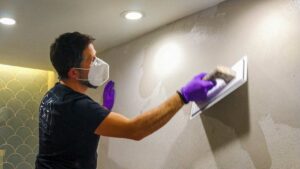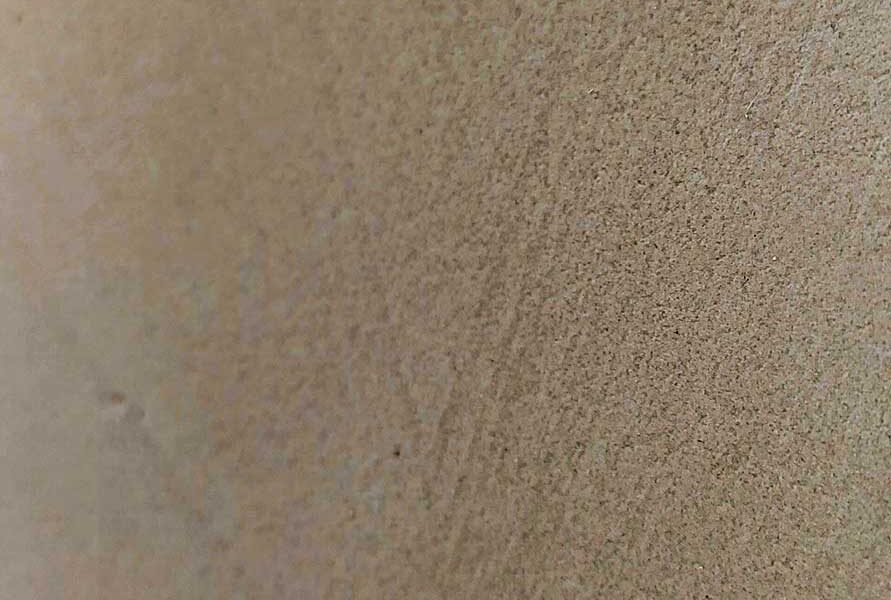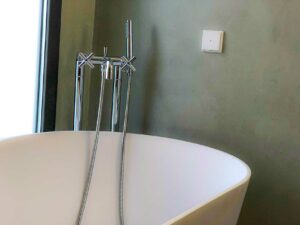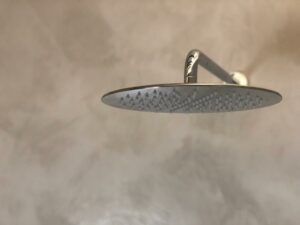
Surface Treatment for applying Microcement
Preparation of the Substrate for the Microcement Types of Substrates to Apply Microcement MICROCEMENT SUBSTRATE – One of the great advantages that microcement has compared
EPOXY RESINS – The installation of continuous floors is becoming more and more common. Among the possibilities are epoxy or epoxy resins. Within them there is a fairly wide range that usually have quite good mechanical properties.
In general, this type of resins are waterproof, and they manage to renew spaces in short periods of time. For this reason they have been used for a long time in industrial environments or department stores. Their properties make them a very durable and resistant solution. Its ability to withstand both abrasion, impacts and its chemical resistance has helped its spread worldwide.

Another of the great advantages of an epoxy resin floor is that it can be installed over existing floors, without the need to remove them. This is a considerable advantage in cases of large surfaces, where the application time is a determining factor.
Ambient conditions will dictate the drying times between coats, but these are normally 24 hours to ensure minimal drying.
The variety of colors, usually being able to choose any RAL, make it an easily combinable solution.
The best known types are:
To learn more about the world of continuous coatings, visit our Lunik website.

Preparation of the Substrate for the Microcement Types of Substrates to Apply Microcement MICROCEMENT SUBSTRATE – One of the great advantages that microcement has compared

Microcement and Plasterboard Plasterboard and Microcement: Great Result PLASTERBOARD AND MICROCEMENT – Plasterboard, a widely used material in construction, has gained popularity in recent decades

Microcement and Moisture Humidity and Microcement: Ensuring a Perfect Application MOISTURE AND MICROCEMENT – Humidity is one of the primary challenges when applying microcement. While